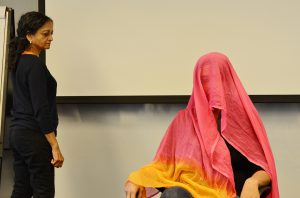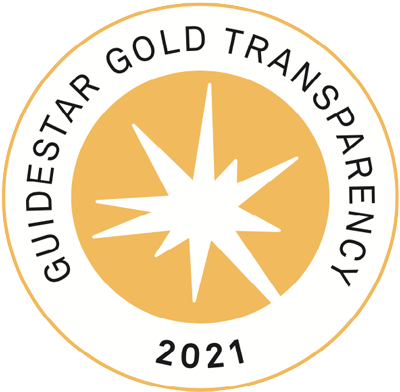 On Sunday, October 11, 2015, I was asked to play the role of Maya in an exercise for a 2-day training put on by DAWN Worldwide called “Train-the-Trainers Workshop: Building Communities of Care: Spiraling towards Strength.” Having worked in the area of social work and gender violence for over eight years, I’ve participated in my fair of trainings and role playing exercises to better understand the work I do. Yet, on Sunday, in my role as Maya, it was the first time I ever took part in, let alone witnessed the Exercise – Blanketed by Blame, Empowered By Support: Maya’s Story.
On Sunday, October 11, 2015, I was asked to play the role of Maya in an exercise for a 2-day training put on by DAWN Worldwide called “Train-the-Trainers Workshop: Building Communities of Care: Spiraling towards Strength.” Having worked in the area of social work and gender violence for over eight years, I’ve participated in my fair of trainings and role playing exercises to better understand the work I do. Yet, on Sunday, in my role as Maya, it was the first time I ever took part in, let alone witnessed the Exercise – Blanketed by Blame, Empowered By Support: Maya’s Story.
The exercise entailed that the facilitator of the activity read a scenario about a married woman named Maya who is in a domestic violence situation and tries to seek out help from her friend, her mother, neighbor, mother-in-law, religious leader, community member, child, police, social advocate, lawyer, and finally doctor. However, each time she meets with one of these people, they are unable to help her. For example, the mother-in-law tells her that she should not make such false claims about her son, and the religious leaders tell her she must stay in the marriage because it is a life-long promise to God.
As the facilitator read the scenario and as each person was unable to help Maya, a participant in our training came up to me and placed a shawl or dupatta on my head. As everyone continued to place layer upon layer of dupattas on me, I began to feel the heaviness of the collected material both in a literal sense as well as figurative sense. I also lost sight as the darkness of the collected material clouded my sense of vision. I was in the dark and heavily burdened, exactly the way Maya would feel, as she sought help from a multitude of people and was turned away over and over again.
She was a woman in trouble – abused and alone. She asked a domestic violence advocate, doctor, lawyer, friend, neighbor, police, mother-in-law, and religious leader – all of who were unable to help her. Finally, the doctor asked Maya about her physical injuries, telling her they were indicative of domestic violence, and it was this observation that led Maya on a path to healing. The doctor then connects her to other resources, and the facilitator who earlier read out the statements about people not helping her, starts to read statements about how her doctor, lawyer, social advocate, police, child, community member, religious leader, mother-in-law, neighbor, mother, and friend were able to help her. For instance, now the mother-in-law says that she was worried that her son had learned his abusive ways from his father (her husband). While the religious leader tells Maya that he will talk to her husband and remind her that it is also his duty to be a caring spouse and father instead of terrifying them. As each empowering statement was read out loud and as Maya received support from the various people in her life, suddenly, the layers of dupattas came off me – the participants in the training each came up to remove the dupatta they had earlier placed on top of my head. I felt the weight physically lift off me. I could breathe again. My vision cleared and I saw the road to recovery.
The exercise was eye opening in terms of how I and others in the training could use the exercise to bridge understanding of the multiple systems of oppression that can fall on top of a survivor of gender violence. The exercise was a tool that we as professionals could use to engage dialogue, to bring alive the experience of a survivor for other professionals who might work with survivors – and to help them understand the challenges survivors could face in seeking out help for their situation. A powerful tool. A needed tool. And one I hope to incorporate in my own future work with DAWN or in any other endeavor I become involved in to help bring awareness of gender violence and bring an end to it.
Thank you to DAWN for this exercise and all the other useful skills and tools I learned in the two-day training.



 A Genius Stack Website
A Genius Stack Website